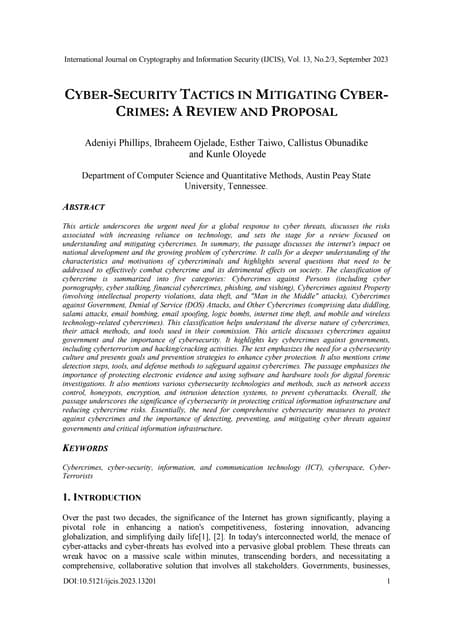Mitigating Latency With CDN: Techniques and Tactics

Executive Summary

Latency, the delay in data transmission, can significantly impact website performance and user experience. Content Delivery Networks (CDNs) offer an effective solution to minimize latency and improve website responsiveness. This comprehensive guide explores the techniques and tactics for leveraging CDNs to mitigate latency and optimize website performance.

Introduction
In today’s fast-paced digital world, website speed and responsiveness are crucial for ensuring user satisfaction and business success. Latency, the delay in data transfer between a user’s device and a website’s server, can have a detrimental effect on both. By reducing latency, businesses can enhance website performance, improve user engagement, and drive business outcomes.
FAQs
What is Latency?
Latency refers to the time it takes for data to travel from a user’s device to a website’s server and back. It is typically measured in milliseconds (ms).
Why is Latency Important?
Latency affects website load times, page responsiveness, and overall user experience. High latency can lead to slow page loading, reduced website usability, and increased bounce rates.
How Can CDNs Help Mitigate Latency?
CDNs are distributed networks of servers located in multiple locations around the world. By caching website content on these servers, CDNs reduce the time it takes for data to travel between users and the website’s origin server, resulting in lower latency.
Top 5 Subtopics for Mitigating Latency with CDN
Content Caching
Content caching involves storing frequently accessed website content, such as images, CSS files, and JavaScript, on CDN servers closest to users. By serving content from these edge servers, CDNs significantly reduce the distance data has to travel, resulting in faster load times and improved website responsiveness.
- CDN Caching Types:
- Browser Caching: Stores content on the user’s device for rapid retrieval.
- Proxy Caching: Stores content on proxy servers located at strategic network points.
- Reverse Proxy Caching: Caches content on the CDN server itself for quick access.
Optimal Server Placement
Strategic placement of CDN servers is essential for minimizing latency. CDNs distribute their servers across multiple geographic locations to ensure that content is delivered from the server closest to users. This reduces the physical distance data has to travel, resulting in lower latency and faster website performance.
- Factors Affecting Server Placement:
- User location
- Network topology
- Content type
Load Balancing
Load balancing distributes incoming traffic across multiple CDN servers to prevent overloading and maintain consistent performance. By distributing the load, CDNs ensure that users receive content from the least busy server, optimizing website responsiveness and reducing latency.
- Load Balancing Techniques:
- Round-robin: Evenly distributes traffic across all servers.
- Weighted round-robin: Assigns different weights to servers based on capacity.
- DNS failover: Directs traffic to a backup server in case of server failure.
Protocol Optimization
Using optimized protocols can enhance CDN performance and reduce latency. CDNs utilize protocols such as HTTP/2 and QUIC to improve data transfer efficiency. HTTP/2 offers multiplexing, header compression, and other features to reduce page load times, while QUIC provides reduced latency and improved congestion control.
- Protocol Optimization Techniques:
- HTTP/2 Multiplexing: Allows simultaneous transfer of multiple requests and responses.
- HTTP/2 Header Compression: Reduces header size, improving transfer speed.
- QUIC Protocol: Combines UDP and TCP protocols, optimizing data delivery.
CDN Monitoring and Analytics
Monitoring and analyzing CDN performance is crucial for ongoing optimization. CDNs provide tools and metrics to track latency, server response times, and content delivery efficiency. By analyzing these metrics, businesses can identify bottlenecks, troubleshoot issues, and make informed decisions to further reduce latency.
- CDN Monitoring Metrics:
- Average Latency: The average time it takes data to travel from users to the CDN server.
- Cache Hit Ratio: The percentage of requests that are served from the CDN cache.
- Server Response Time: The time it takes the CDN server to respond to requests.
Conclusion
Content Delivery Networks (CDNs) play a vital role in mitigating latency and enhancing website performance. By leveraging content caching, optimal server placement, load balancing, protocol optimization, and continuous monitoring and analytics, businesses can effectively reduce latency and deliver a seamless user experience. By implementing these techniques and tactics, websites can improve load times, increase responsiveness, and provide a more engaging and satisfactory online experience for users.
Keyword Tags
- Latency Mitigation
- Content Delivery Network (CDN)
- Website Performance Optimization
- Data Transfer Efficiency
- User Experience
